Generative AI transforms photography and photo editing by offering tools that simplify complex tasks like removing distractions and expanding image boundaries. At ON1, we’ve integrated AI into our products for over five years, and in Photo RAW 2025, we’re introducing new features like the Generative Eraser, Generative Crop, and Generative Replace. These tools allow photographers to enhance images with speed and precision. You can run them locally on your computer or use a cloud-based option through our partner, Stability.ai. While generative AI isn’t perfect, it offers exciting opportunities for creativity and efficiency in photography.
Today, photography, like many other endeavors, is impacted by artificial intelligence, or AI for short. AI, also called machine learning, is transforming how many sectors operate. It can simplify complex tasks, improve search results, find data correlations, and more. In the world of photography, it enhances results and speeds up repetitive tasks. At ON1, we’ve been using AI in our products for over five years, so we are no strangers to its capabilities. Our approach to AI is to assist photographers in solving complex or repetitive tasks.
AI technology is evolving faster than anyone could have predicted. It has moved from a novelty to a mainstream business imperative in just a few years. The rapidly changing technology is being driven by new types of AI, such as large language models and diffusion models. These newer models possess greater contextual understanding than earlier generations and can produce astounding results that rival human output. In the photography space, diffusion models have given rise to what we call generative AI—the ability to create new pixels, including entire images, from basic text or other minimal input. Like any new technology, it can be used for both good and harm. Many photographers worry about being replaced by AI or having their photos stolen by it. Additionally, this technology can create scenes that never existed in reality, which to many feels like the antithesis of photography.
Fearmongering aside, when used responsibly generative AI is super valuable. Two areas where it can enhance real photographs are in removing large distractions and expanding the photo’s boundaries. Both tasks have traditional, non-AI solutions that photographers have used for years, but mastering these skills can take years. Generative AI allows us to accomplish these tasks much faster. In Photo RAW 2025, we introduce generative AI in the form of the Generative Eraser and Generative Crop.
Think of the Generative Eraser as the evolution of the Perfect Eraser. It will be the new standard for removing large distractions from your photos. However, this doesn’t mean it will be suitable for everything. We still recommend the non-destructive healing brush for small or simple retouching tasks, which works well in many everyday situations. But when dealing with more challenging tasks like removing photobombers, bystanders, signs, braces, cars, etc., the Generative Eraser excels. The workflow is slightly different, as generative AI doesn’t produce the same result when identical input is given repeatedly. Therefore, the results must be saved rather than replayed like other non-destructive settings. The output from the Generative Eraser is applied to a new copy of the layer you’re working on, allowing you to retry as much as you like to achieve the desired result.
Similarly, think of Generative Crop as the next step beyond content-aware crop. It’s an option when you use the crop tool to expand the canvas beyond the original photo, allowing you to recompose the shot if necessary. It’s like zooming out after the fact. The results from Generative Crop far surpass the quality of content-aware crop. Like the Generative Eraser, its results are created on a new layer copy.
As part of the Photo RAW 2025 product lifecycle, we will introduce a third generative AI tool—Generative Replace. This new option within the Generative Eraser allows you to use a text prompt to influence the generation of a specific area. For example, you could add a bird to a fence or place the moon in the sky.
At this point, you may be wondering what is required to use these features. We offer a solution that works locally on your computer and an option that works in the cloud with a partner. To use these features locally, you’ll need a modern GPU with at least 4GB of VRAM. These GPUs include the RTX 1070, 2060, 3050, and 4060 or better for NVIDIA or the Radeon 570, 5300XT, 6400, or 7600 for AMD. Of course, each card does require the latest drivers. Apple Silicon systems with 16GB or more RAM will work as well. Running these features locally instead of in the cloud protects your privacy since no photos go there. It also allows us to provide generative AI features without requiring a subscription. Keep in mind that diffusion models are typically run in the cloud on large servers equipped with specialized GPUs designed for AI processing. To make these models functional on standard PC gamer GPUs, we’ve had to scale them down. While they should generally yield acceptable results, they may not be as precise as some cloud-based solutions.
If your system doesn’t meet the minimum recommended requirements, we’ve partnered with Stability.ai, the creators of Stable Diffusion, for an in-app integration with their cloud-based service. Visit dreamstudio.ai to create an account and purchase credits. Then, enter your Stability key in Photo RAW, and Photo RAW will use Stability in the cloud for these tools. (Each tool usage currently costs 3–4 credits, with each credit priced at one cent USD at the time of this writing). Anyone can use Stability integration, as it is not limited to users with low-end systems. The Stability integration can sometimes yield different results, which may be better in some cases, and it can also be faster depending on your hardware specifications. Stability.ai’s terms of service protect your privacy.
Now, let’s discuss what to expect in terms of results when using these tools. While it’s an exciting and valuable development, it is imperfect, just like any other AI-based tool. You’ll usually get excellent, usable results on the first try with most photo editors using this technology. Sometimes, however, you may need to retry to achieve the results you want. Remember, each attempt will yield different outcomes. We return the results to a copy of the original photo layer, allowing you greater control over blending and adjustments. In our tests, our results are comparable to those of others editors with the same techhnology. Nobody does a great job 100% of the time, but all of them do pretty darn good most of the time. You can view a few examples below. As with all AI features, there may be times when it fails to deliver the desired results, but again, as you can see, not everyone is perfect 100% of the time. Rest assured, we are continuously working to improve the output and provide updated models as we train them.
Generative AI is a powerful tool that reshapes the landscape of photography and photo editing. At ON1, our goal is to empower photographers with AI that simplifies complex tasks without compromising the artistic integrity of their work. While AI is not without its challenges and imperfections, it offers exciting new possibilities for creativity and efficiency. With tools like the Generative Eraser, Generative Crop, and the upcoming Generative Replace, we are very excited to continue exploring this technology’s potential. As AI continues to evolve, so will our products, always with the photographer’s needs first.


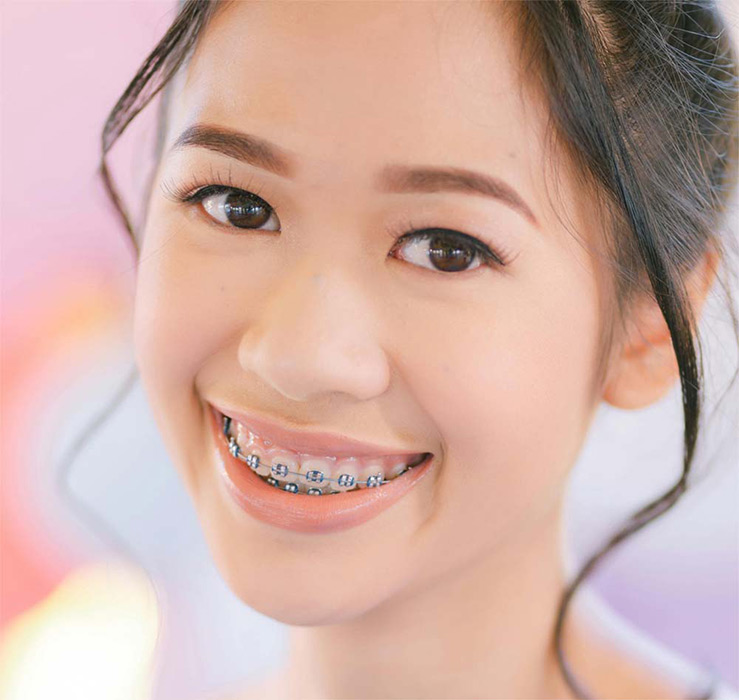
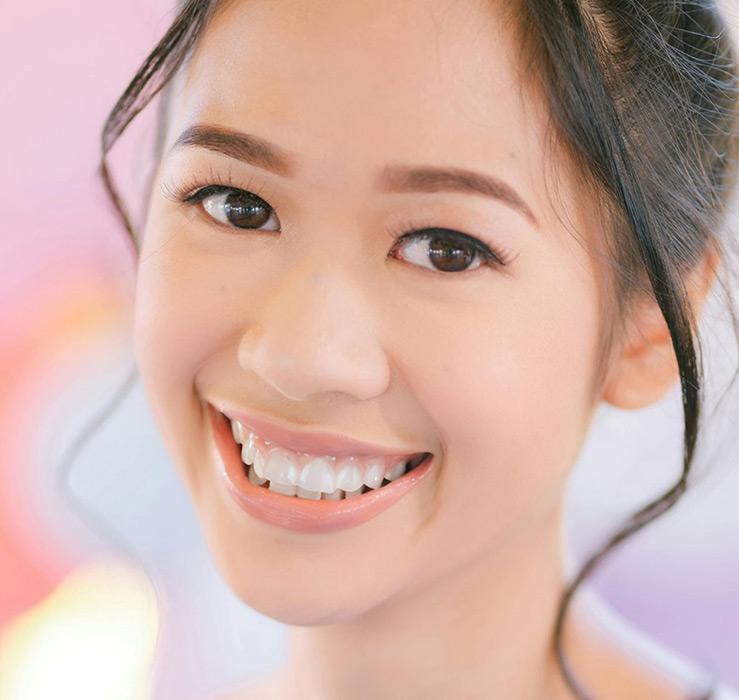
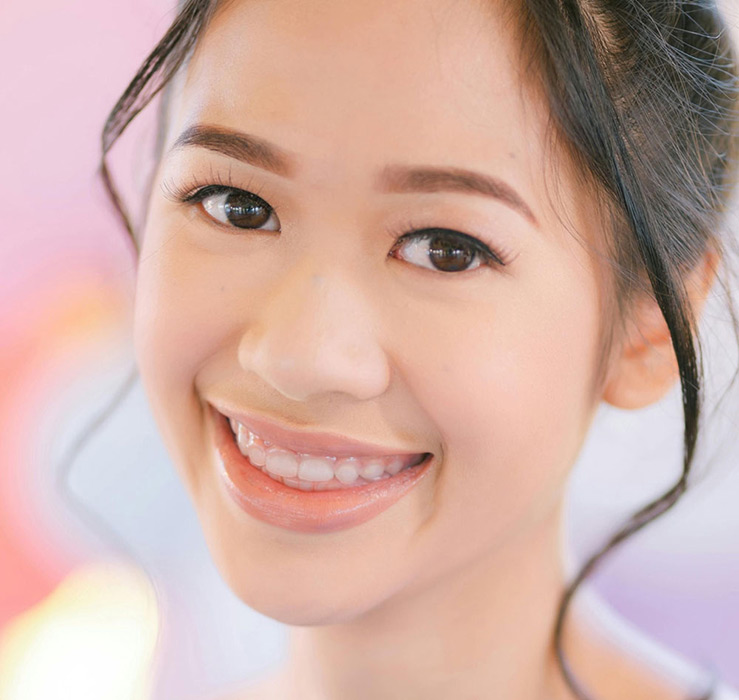
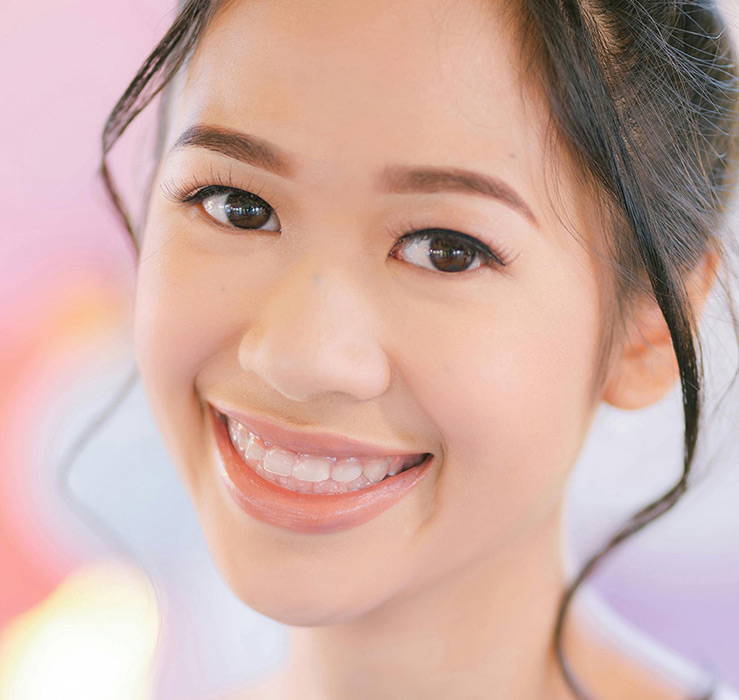
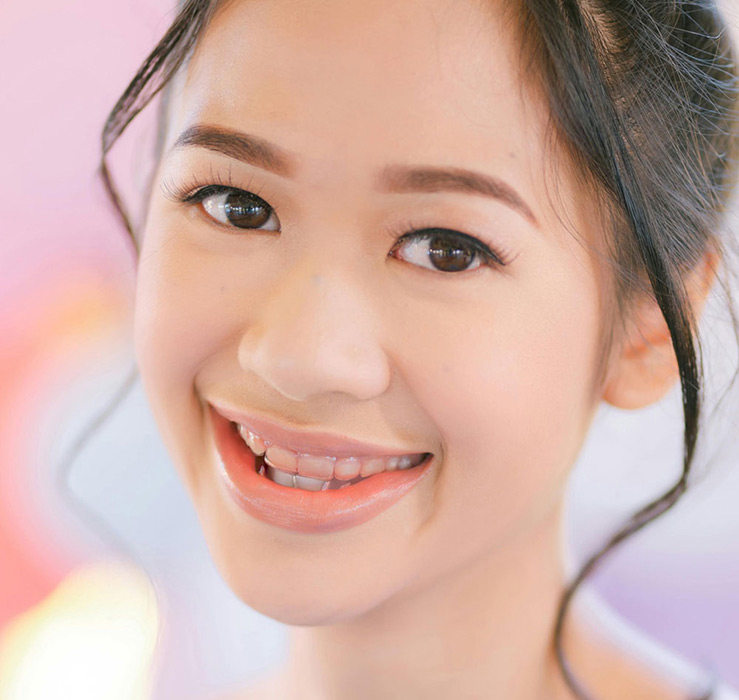
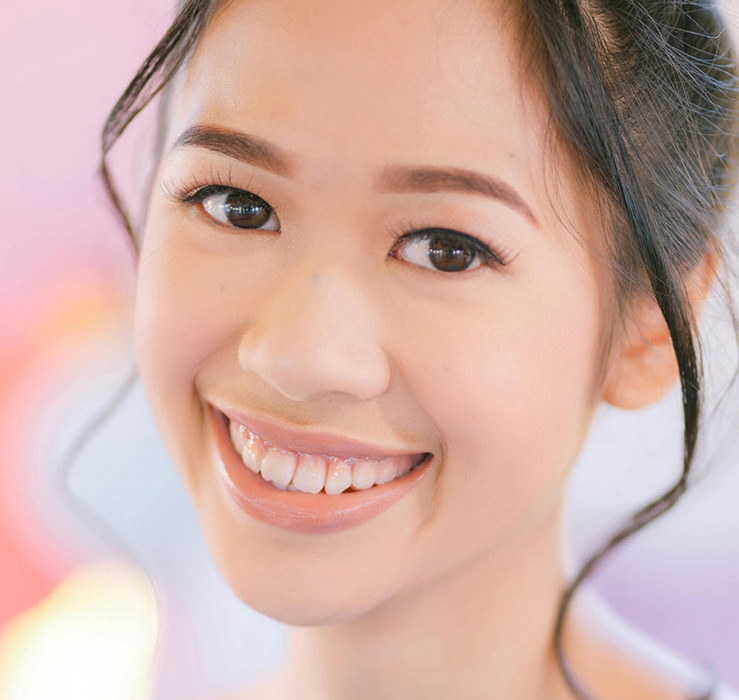
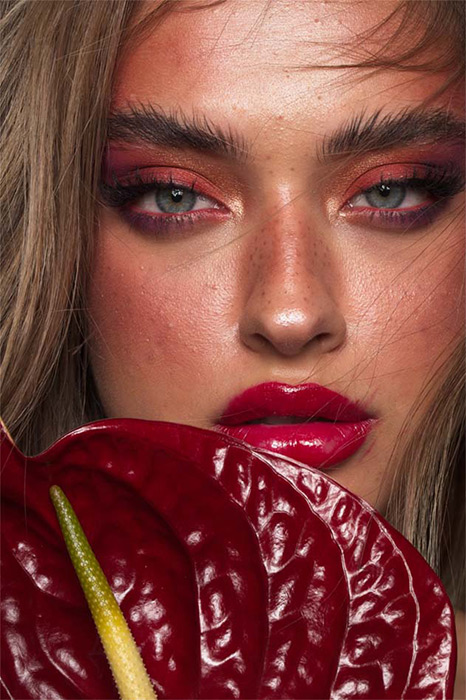





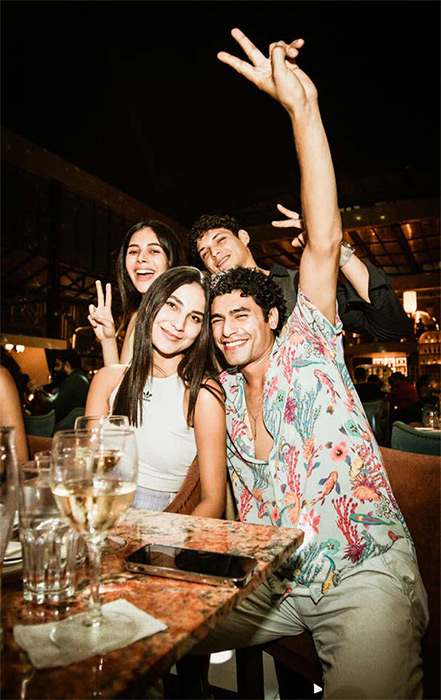





11 comments on “How Generative AI is Revolutionizing Photography + New Tools in ON1 Photo RAW 2025”
On September 21, 2024 at 6:55 am Richard Marsh wrote:
The new AI features sound exciting and potentially very useful. I hope that this extra functionality doesn’t come at the expense of software stability. I am aware that I and others have experienced a range of minor stability issues with ON1 since the latest update to 2024 and whilst it is good to see new features being added to the application, I hope the larger and more complex codebase doesn’t become unwieldy and unstable. A lot will hang on your testing and quality control procedures. I wish ON1 all the best for a successful launch of 2025 – I’ve already booked my upgrade!
On September 22, 2024 at 9:03 am Anthony Bacon wrote:
The continued inclusion of GAI features challenge the orthodoxy of competition rules, which require that all elements of an image be created by the author. Traditional post-processing tools, such as Clone, use elements within the image, and this is acceptable by definition. But where GAI-based tools use elements from outside the image, that violates the basic rule.
There would appear to be the potential for a grey area where the elements are generated inside the post-processing app, but based on knowledge of external elements. An example in current ON1 software would appear to be in the NoNoiseAI app where, for example, fur and feathers are “corrected” if out of focus, based on acquired knowledge of such elements.
In the description above it might be arguable that replacing overhead wire with “sky” uses elements from the image, but this is not an argument where artefacts such as birds are added.
Photographers entering images in competitions will need to use and maybe demonstrate integrity when post-processing their images.
In passing, it is amusing that, in a reversal of the situation when Boris Eldagsen’s AI-generated image ‘The Electrician’ won the creative open category of the Sony World Photography Awards 2023, the striking image ‘Flamingone’ (of an apparently headless flamingo) won photographer Miles Astray the Peoples’ vote and a category Bronze medal in the AI section of the ‘1839 Awards’ competition, but was disqualified when it was revealed to be a genuine photograph.
On September 22, 2024 at 9:45 am Anthony Bacon wrote:
Does ON1 add metadata to the effect that GAI has been used?
On September 25, 2024 at 5:21 pm edoverst replied:
I think that should be required.
On September 23, 2024 at 7:16 am Doug Valentine wrote:
I am still very reticent to pre purchase your product, especially with all the advertising pressure and ‘low initial prices’ after the shocking debacle of your initial release of on1 pr 2024, and it’s continuing stability issues. I am trying to use it less and less, and trying get my photos right out of camera rather than processing them at all.
On September 23, 2024 at 8:54 am Richard Berke wrote:
I have enjoyed for over 22 years the ability of image editing products to improve appearances. Remove unwanted elements, such as stray objects, power lines, trash cans. Fix skin blemishes. Extend fabric that may have revealed more than the subject is comfortable. Swap portions of faces from several images taken at the same time.
I like that the products have improved their tools especially for selections.
I like replacing dull skies with other choices.
I like sometimes replacing colors.
The tools don’t need to have “AI” in their names for me to benefit from them. Conversely, just because they have AI as part of their name I don’t have high confidence in their results. My trying out some dozen or so “AI” tools for restoring faces has yielded satisfying results about 20% of the tries. Replaced eyes, mouth, and noses often no longer closely resemble the original person.
I don’t need for ON1 to pursue AI generative features. I do need for ON1 to deliver well functioning features and overall product reliable operation.
On September 25, 2024 at 5:32 pm edoverst replied:
I share Richard’s concerns in light of my own experiences with the first two releases of 2024. 2024.5 has finally settled down, but frankly the stability of 2025 is more important to me than Generative AI anything.
Re other AI features, I’ve found in my own work that Brilliance AI gives me useful nudges in some directions for my edits about 20% of the time, and the other 80% makes me gasp in horror and toggle Brilliance AI off immediately and go back to my standard Develop and Effects approaches. Brilliance AI does have a better hit rate for me than the old Auto button under Develop did in earlier versions of PhotoRAW, but it needs improvement.
I’m willing to try 2025 but I’m not uninstalling 2024.5 now that it’s more or less settled down and is relatively predictable.
I appreciate that ON1 is recommending that one does all Generative AI work on separate layers from the other editing. Given that different repeated applications of the same Generative AI to the same phot can produce different results, I think I’ll make extensive use of Snapshots and Versions whenever trying out anything Generative. So if after three attempts at something Generative I think the first one was better than the later ones, layers and Snapshots strike me as a pretty darn good idea so you can (I hope) go back to the better choice you saw earlier without gambling on whether the algorithm will rediscover that approach on its own … Particularly with any form of “context-sensitive” retouching, I rely heavily on snapshots when I do that.
On September 27, 2024 at 11:08 am Stephen Morley wrote:
I think ON1 should make it crystal clear in their marketing that there are additional costs to using their AI tools when cloud service is used…
On October 3, 2024 at 8:31 pm Tony Beale wrote:
I’m in. Upgrade already ordered!
On October 4, 2024 at 4:56 pm Geoffrey Oram wrote:
Using On1 software over a 6 year period on a Windows computer, I have been frustrated and disappointed in it’s stability and slowness in using the tools and mouse. So I consider stability to be number one issue. May I suggest an easy access post (no login required) that shows in step by step detail the best way to setup a Windows computer (Apple too). The Vram, GPU, memory, devices, driver and all that stuff affecting the software performance. And keep the post current. The new generative AI tools I look forward to using. I like keeping the software tools local, without having to access the Internet or any third party.
On October 7, 2024 at 3:48 pm Robert Benyon wrote:
I like on1 PR and use it most days. But it does use a lot of computer resources, more than any of my other programs which do similar tasks including Photoshop, Topaz Photo AI, Luminar Neo. Whilst I look forward to the new version I hope it is not going to be any more needy, as ver 2024 already gets the fans whirring!
Please review our our privacy policy for information about how we use the data we collect.